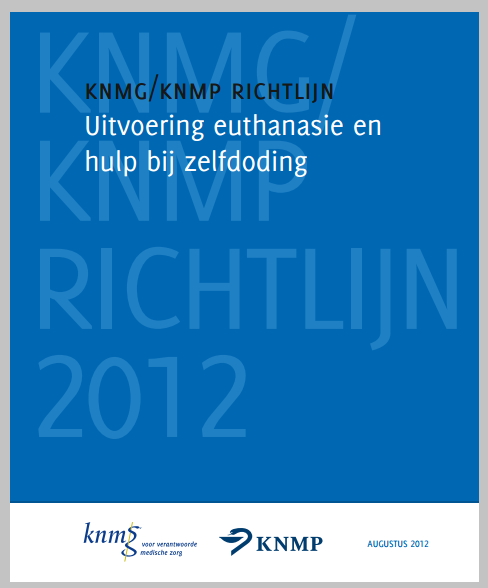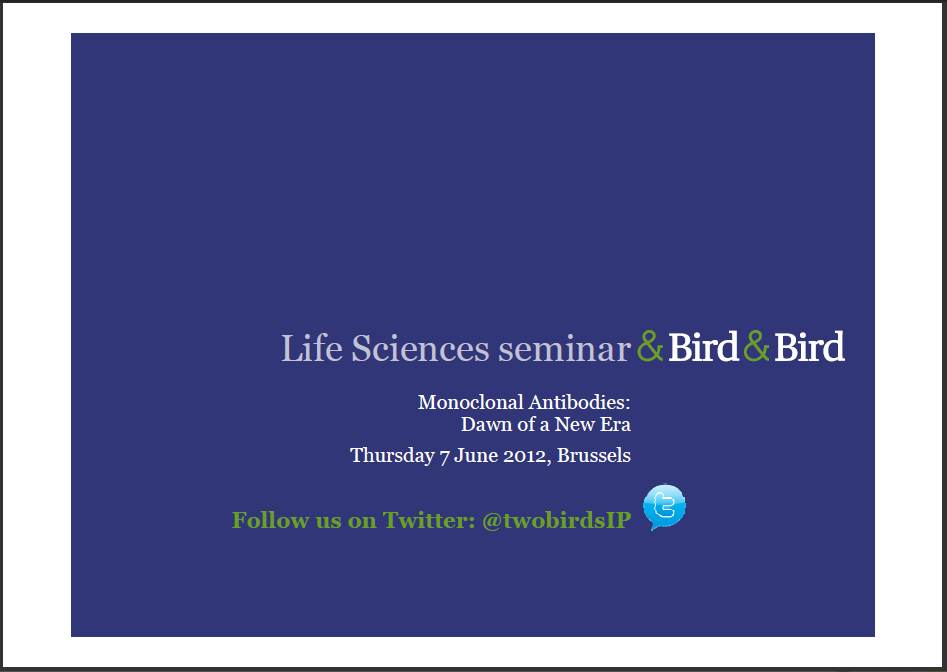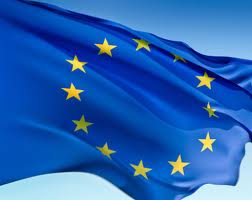Healthcare policy meets patent law: preferential treatment of generics while the originator has patent protection
 Een bijdrage van John Allen, uit de nieuwsbrief Nauta Dutilh N.V..
Een bijdrage van John Allen, uit de nieuwsbrief Nauta Dutilh N.V..
The Court of Appeals of The Hague has recently ruled that healthcare insurance companies, by inviting parties to bid in a tender to become the preferred supplier of a medicinal product which is still under patent (SPC) protection, do not infringe the originator's patent and do not commit an "unlawful act" (i.e. a tort). That is, provided certain strict conditions are observed [red. LSenR 253].
Facts of the case
Pfizer was the holder of a now expired SPC for the compound latanoprost, sold under the name Xalatan. At the time, Xalatan was sold by Pfizer as well as by six parallel importers. In addition, several generic competitors held marketing authorisations for latanoprost.
Within the framework of their "preference policy", healthcare insurers UVIT and VGZ organised a sealed-bid tender to appoint the preferred supplier of latanoprost. This means that clients of the insurers only receive reimbursement if they obtain the product of the preferred supplier.
In mid 2011, UVIT and VGZ invited Pfizer, the parallel importers and the generic competitors to bid in the tender. Pfizer's SPC was in force until 17 January 2012, and the suppliers were asked to submit their offer before September 2011. After Pfizer objected, the insurers moved the deadline for submissions in the tender to 25 January 2012.
Pfizer's arguments
Pfizer argued that the tender would lead to an agreement between the insurers and the generic manufacturers which would result in a commitment to supply latanoprost to pharmacies and that by doing so before the SPC expired, they would necessarily infringe Pfizer's rights. According to Pfizer, by organising the tender the insurers were "otherwise trading in" the substance protected by the SPC, within the meaning of article 53 of the Dutch Patents Act 1995 ("DPA").
In the alternative, Pfizer alleged that the tender procedure amounted to an unlawful aiding or facilitating of patent infringement. The parties agreed, in line with current case law, that there would be an infringement by a generic competitor (as opposed to the insurer) if the former made an offer during the period in which the SPC was still in force, even where the offer specified that the protected substance would only be delivered after the SPC expired.
Decision
The Court considered the legislative history of article 53, and acknowledged that "otherwise trading in" should be interpreted broadly. However, it found that this concept in any event required that the product actually be made available to a third party. Since the insurers did not make the product available to a third party, they did not "otherwise trade in" the patented products and therefore did not infringe the SPC.
The Court held that the insurers would only have committed an act of tort if they had provoked or incited the generic competitors to commit an infringement. That was not the case here as it concerned a general invitation, addressed to all known suppliers, including the patent owner as well as the parallel importers of the medicine. This means that several of the parties invited to participate in the tender could supply the product without committing patent infringement. The court furthermore attached importance to the fact that in the invitation, the insurers indicated that they would respect third parties' patent rights and that the tendering parties would be obliged to do the same. Under such circumstances, the invitation did not provoke or incite generic manufacturers to commit a patent infringement. This was especially true because the parties could place their bid after the SPC had expired.
Conclusion
The Court of Appeal's decision attached considerable weight to the fact that the tender was open to multiple 'non-infringing' parties and that the deadline was extended until after SPC expiry.
It can be inferred from the decision that the Court of Appeal is prepared to intervene in tender procedures conducted by insurance companies where generic competitors are invited to compete whilst there is still a valid patent or SPC.
This decision is in line with the recent Supreme Court decision in Pharmachemie/Glaxo (2012), in which it was held that entering a generic pharmaceutical in the national pharmacy database, even with the explicit proviso that products will not be delivered until after patent expiry, constitutes an infringing offer under the DPA.
Also notable in this series of decisions exploring the boundaries of what conduct constitutes an infringement or tort is the preliminary finding that tacitly approving and/or facilitating a foreign patent infringement may constitute a tort under Dutch law (see our recent newsletter on the Boehringer Ingelheim/Teva case).
 Commentaar in't kort van Karin Verzijden,
Commentaar in't kort van Karin Verzijden,  Als randvermelding. In het september nummer van European Food and Feed Law tijdschrift is het "Country Report" voor Nederland verschenen van de hand van Ebba Hoogenraad en Christine Fontaine,
Als randvermelding. In het september nummer van European Food and Feed Law tijdschrift is het "Country Report" voor Nederland verschenen van de hand van Ebba Hoogenraad en Christine Fontaine,  Een bijdrage van Erik Vollebregt,
Een bijdrage van Erik Vollebregt,  Een bijdrage (op persoonlijke titel) van John Lisman,
Een bijdrage (op persoonlijke titel) van John Lisman,  Een bijdrage van Itte Overing,
Een bijdrage van Itte Overing,  Zustersites
Zustersites  Vandaag, 28 augustus 2012, publiceren artsenfederatie KNMG en apothekersorganisatie KNMP de richtlijn ‘Uitvoering euthanasie en hulp bij zelfdoding’. De richtlijn ondersteunt artsen en apothekers bij een effectieve en veilige uitvoering van euthanasie.
Vandaag, 28 augustus 2012, publiceren artsenfederatie KNMG en apothekersorganisatie KNMP de richtlijn ‘Uitvoering euthanasie en hulp bij zelfdoding’. De richtlijn ondersteunt artsen en apothekers bij een effectieve en veilige uitvoering van euthanasie.
 While everybody is starting up again after the summer and had 26 September as first major horizon date in their head
While everybody is starting up again after the summer and had 26 September as first major horizon date in their head  With permission, CC-BY-SA
With permission, CC-BY-SA 














